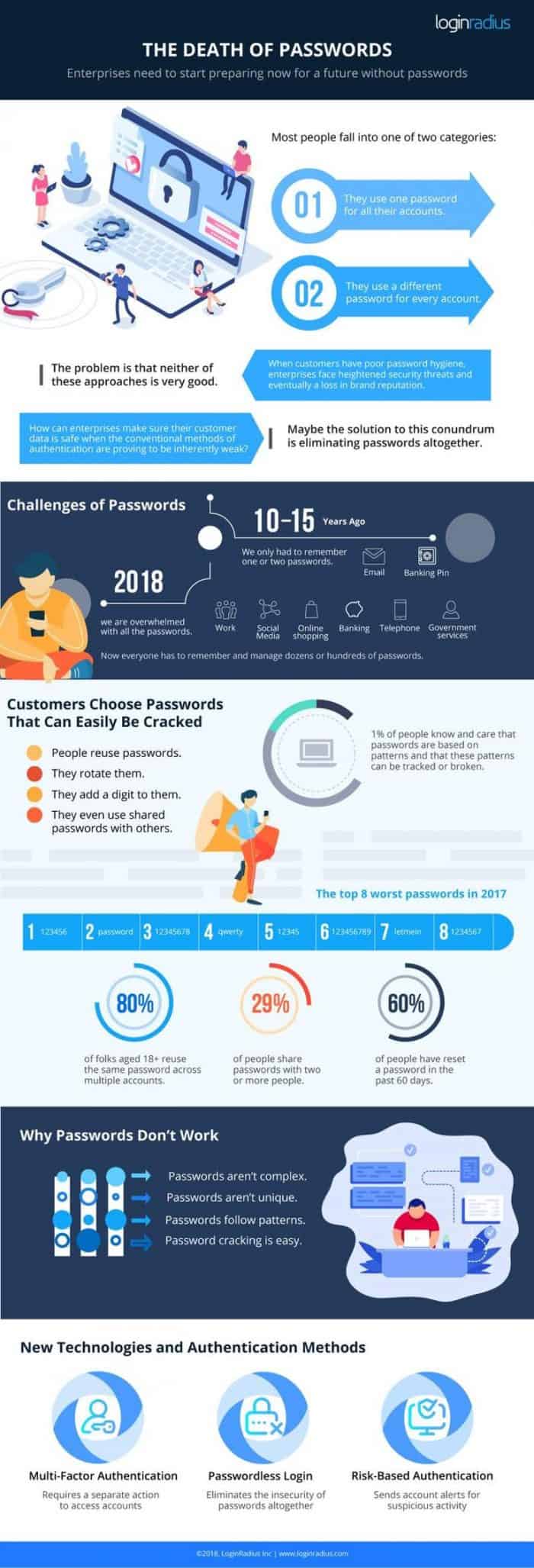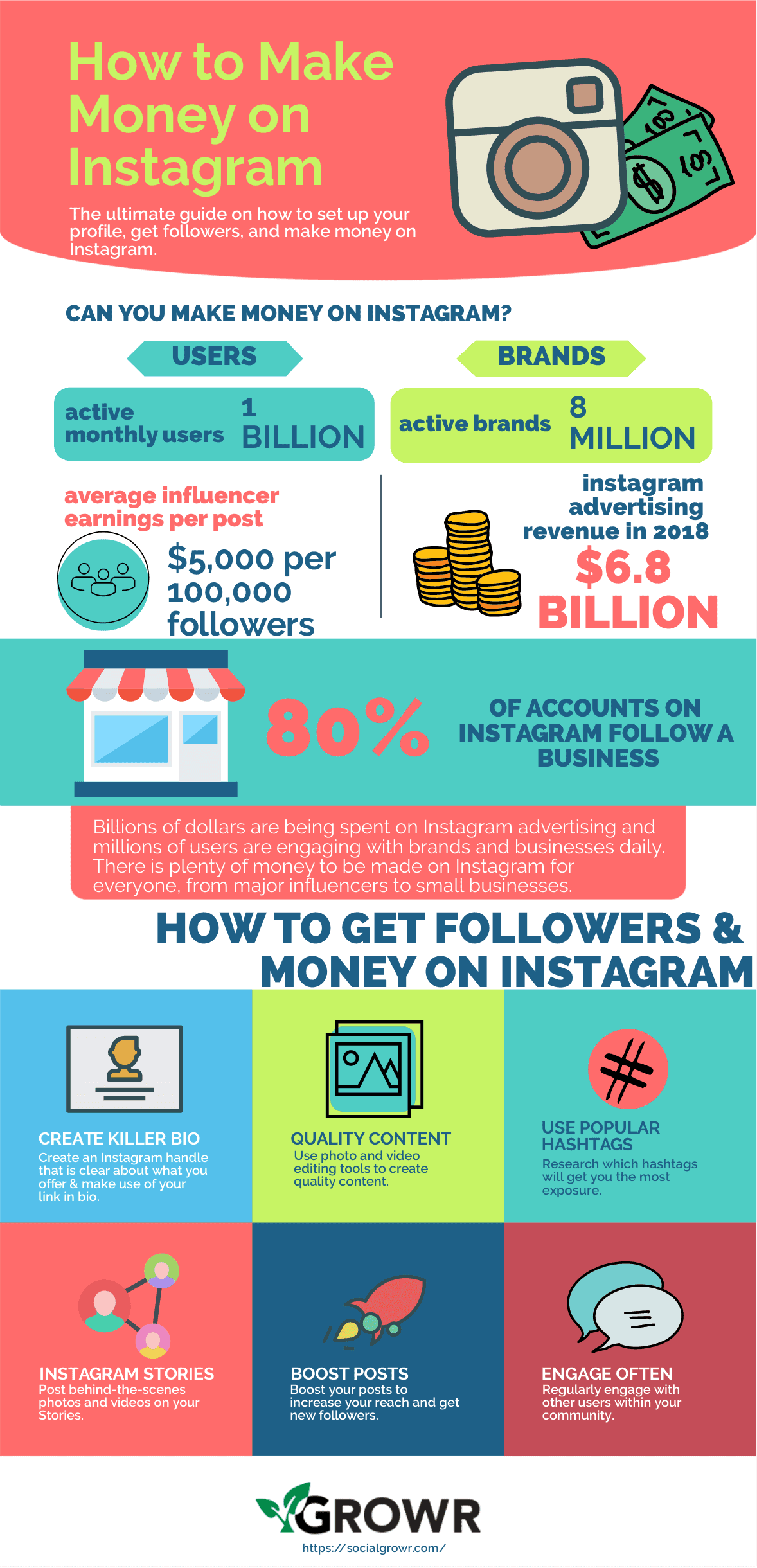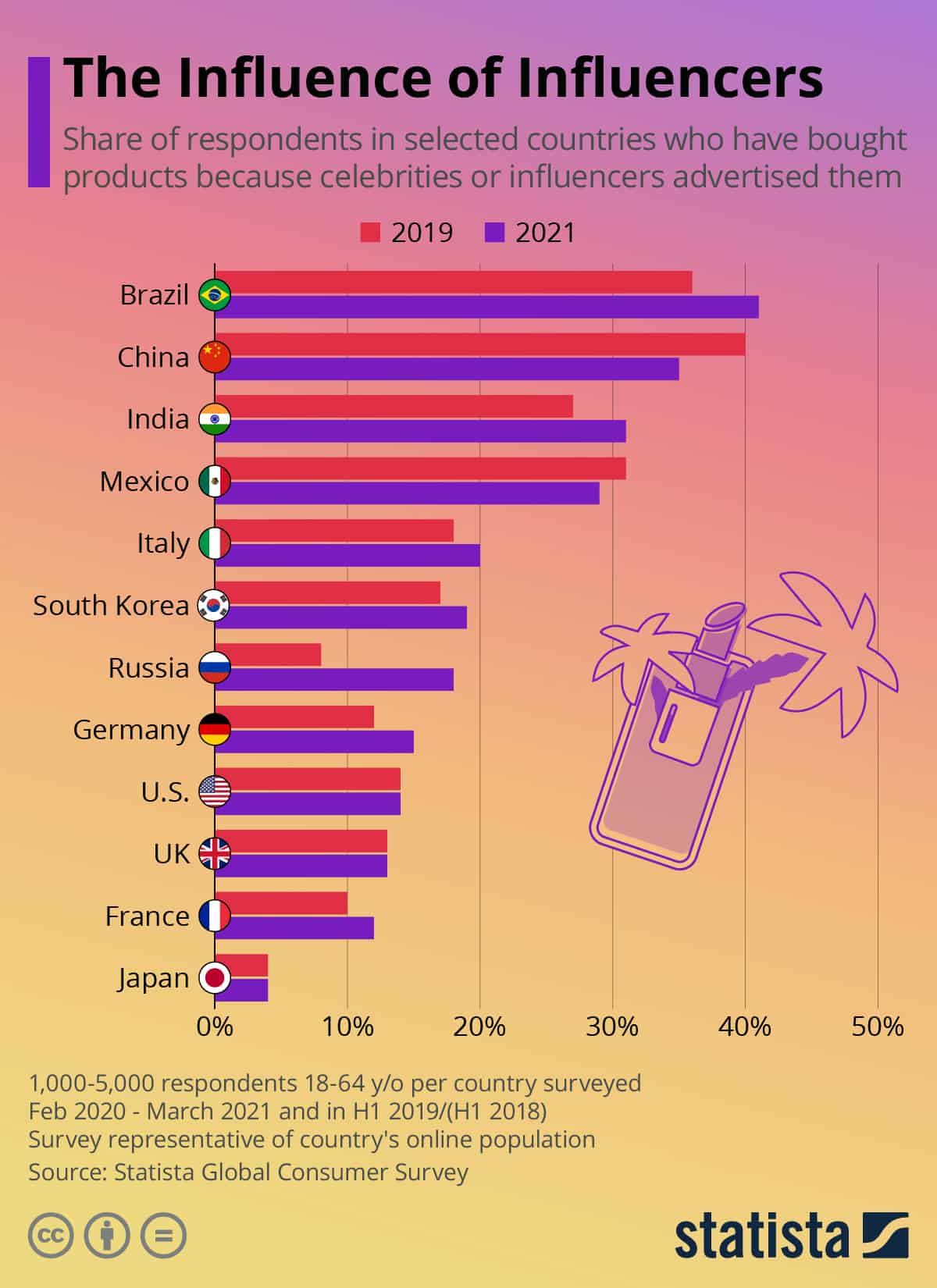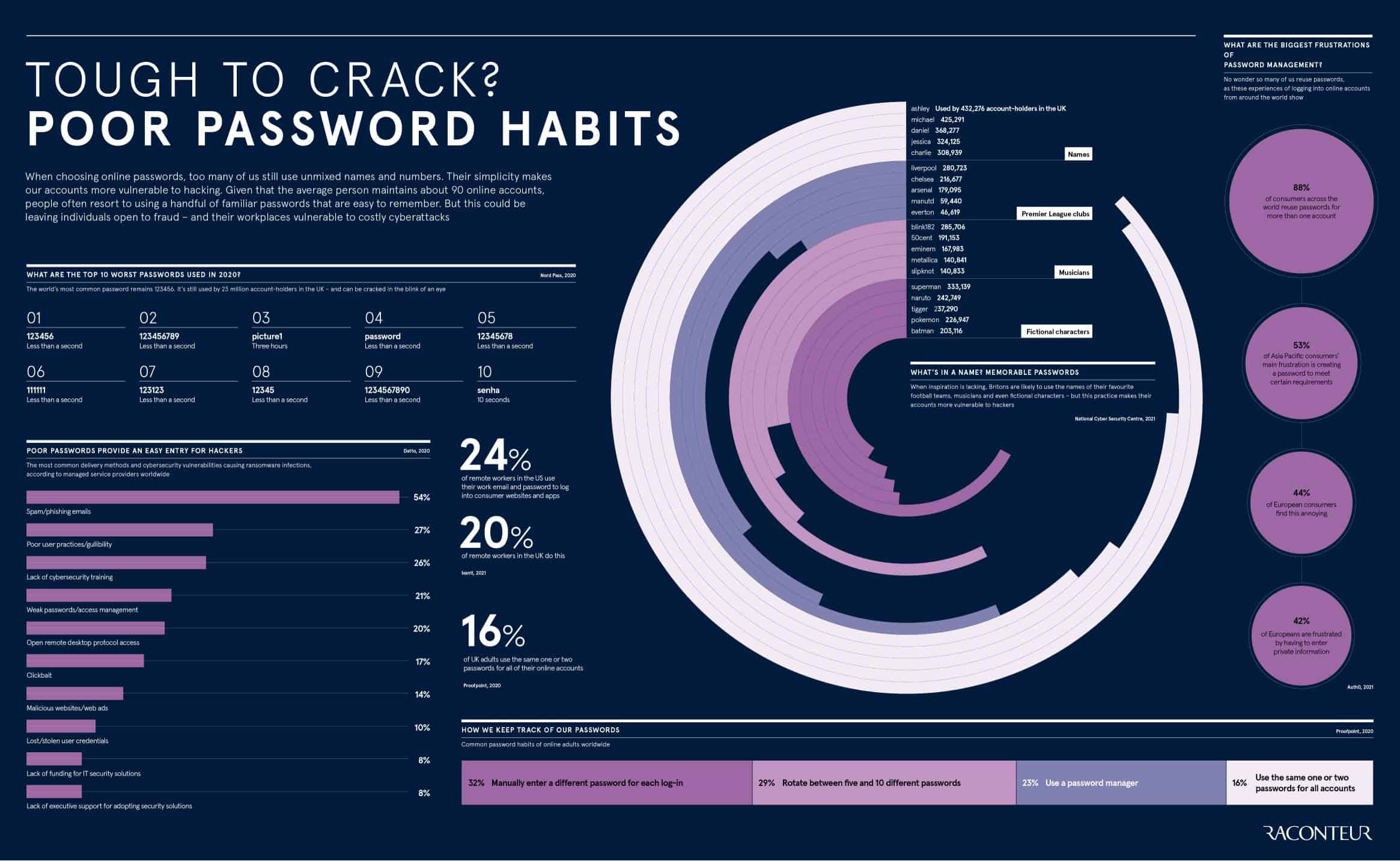
Currently we spend most of our time online. In order to get into our accounts, we are required to enter a password, which is a way to authenticate our identities. We’ve gotten so used to this routine, that life without it seems unimaginable.
There are, however, a few problems that we face with our current password system. For starters, we now have to remember multiple passwords for multiple sites/apps. Take social media for example. Each person has at least one account on Facebook Instagram, Twitter and Pinterest. You can probably think of at least one time when you totally forgot your second Gmail password.
In order to avoid the trouble of memorizing 10 different identification codes, a lot of users choose one for all of their accounts. Statistics show that around 80% of people are accustomed operating this way. However, a one-key-for-all-doors policy is never a good idea, especially if it’s an easily hackable one.
What’s the solution? Many companies have implemented a multi-factor authentication. This can include anything from physical items (cards, USB sticks, etc.) to PIN codes. Eventually, the world is gearing up towards password-less logins. But how exactly would that work? Hopefully we won’t have to draw blood every time we want to check our Facebook.




